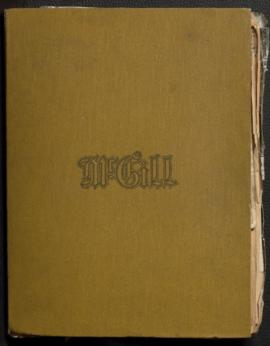- CA RBD MSG 1190-1-2
- Subseries
- 1820-1940
Part of Greeting Card Collection
The Valentines subseries consists of a variety of greeting card formats and styles from primarily the Victorian era but as late as the interwar period. These include a mix of cards that have been sent and kept by the receiver in addition to several cards that likely belonged to a stationer or printer. While some cards include handwritten messages, most cards are unsigned and seem to be unsold copies or samples belonging to a catalog. Sub-subseries include: comic valentines, foldout or pop-up valentines, ornate handmade valentines, printed manufactured valentines, puzzle or rebus valentines, and sentimental valentines. In addition, the subseries contains several examples of additional ephemera related to Valentine’s Day or the greeting card business, such as valentine writers or printer’s catalogs. There are is also a full scrapbook of card samples and additional scrapbook pages with affixed cards. Additionally, there are a few card making materials or scraps that highlight the various components and processes of card making. The subseries also includes some greetings cards not associated with Valentine's day, but originally found with Valentine's cards.
These materials are primarily useful in capturing the essence of Victorian sentimentality and communication culture. Spanning several decades, they represent the evolving printing culture and technology of the nineteenth century. The subseries equally illustrates the industrial age and the emerging consumerist and capitalist societies as several greeting card companies surfaced around the world to profit from the sudden craze. More subtly, the cards allow for an appreciated of craftsmanship and reflection on women’s role in manufacturing as their smaller hands were often required to do the finishing work on handmade cards.



